Book a free 15-minute consultation. We’ll help you understand what may be causing the pain and provide the guidance you need to get you back to your best.
"*" indicates required fields
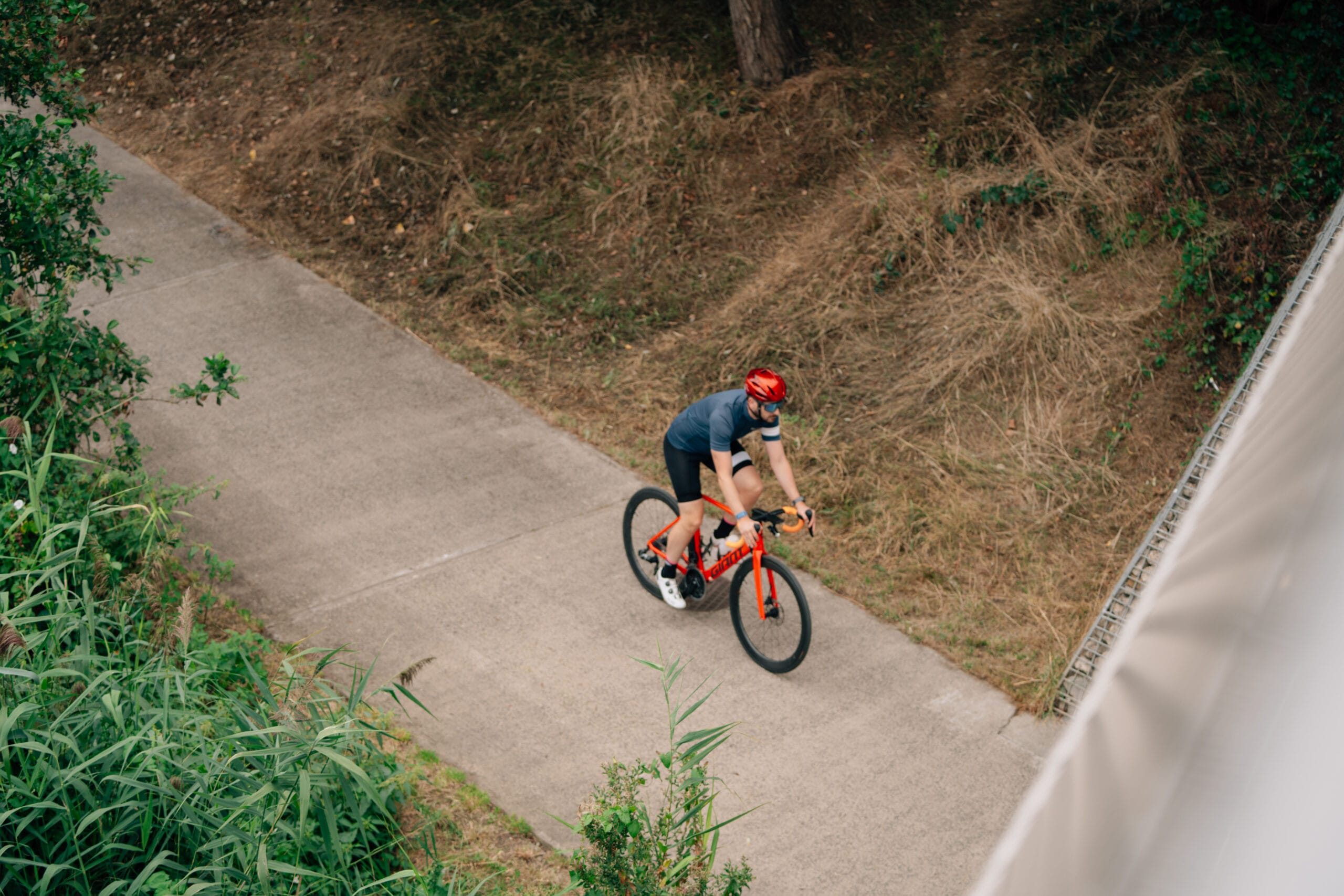
Find out everything you need to know about cycling. From buying the right bike, to fitting it, to event training, our experts can help you get the most out of cycling.
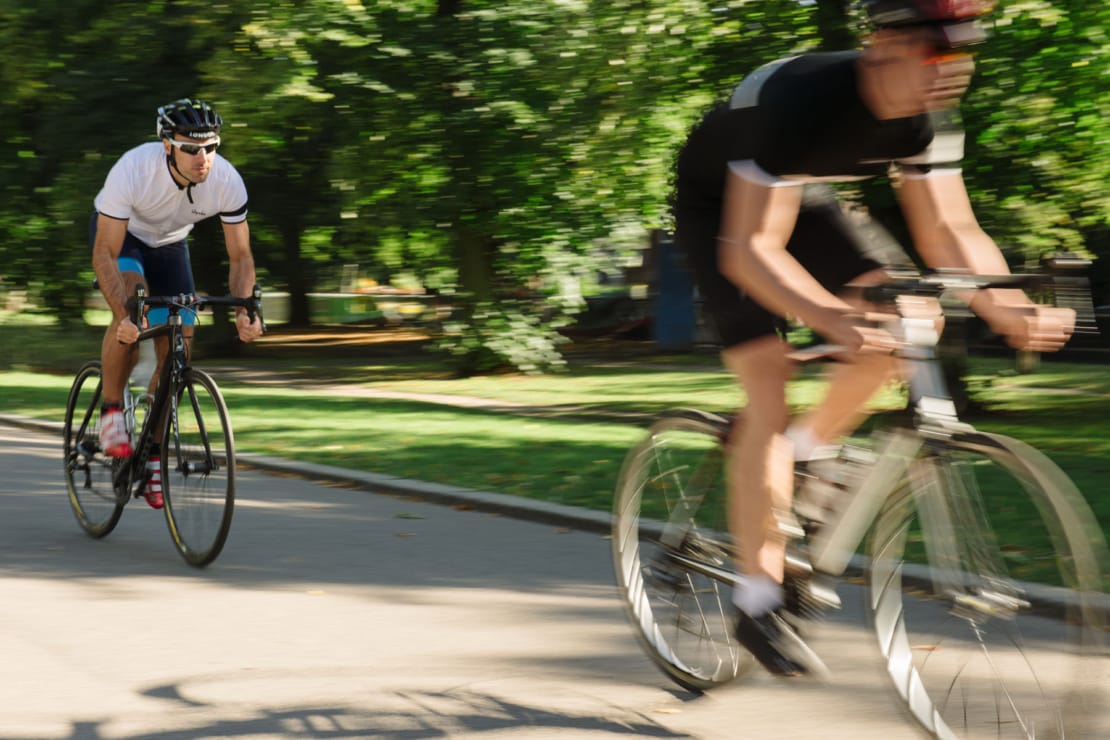

Being a mode of transport as well as a sport, cycling appeals to a wide range of people.
This hub is for cycling lovers of all stages, whether you’re looking to buy your first bike, or getting ready for an endurance race, we have tips, advice and an expert team of clinicians to help you get the most out of you bike and your body.
Our Bike Fitters, and wider team, are all keen cyclists, triathletes and Ironman champions themselves, so you know they know what they’re talking about!
Clinical Bike Fit AssessmentWhether you’re getting your first bike, upgrading or just a regular cyclist, your bike fit needs to be spot on to be comfortable and prevent injury. A bike fit will also help you to find your best position to optimize your performance. You can of course buy a bike and start cycling without one, however skipping this step increases your chances of developing problems when you start increasing the miles. Find out how to select the right bike for you.
Read more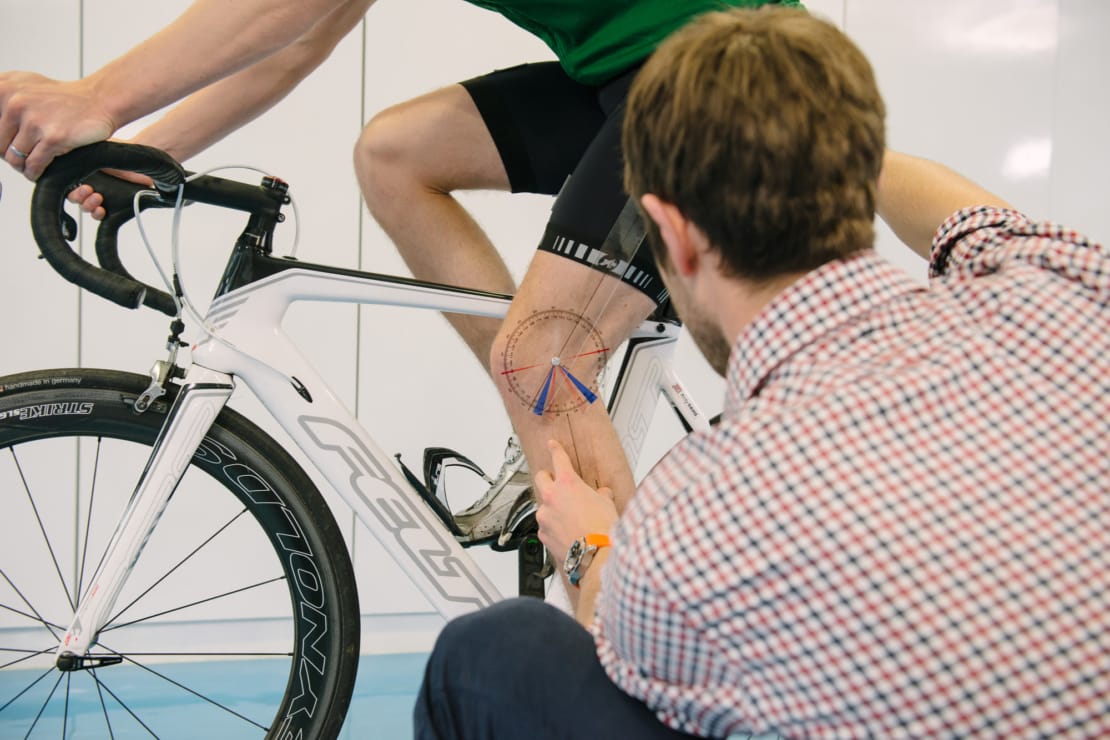
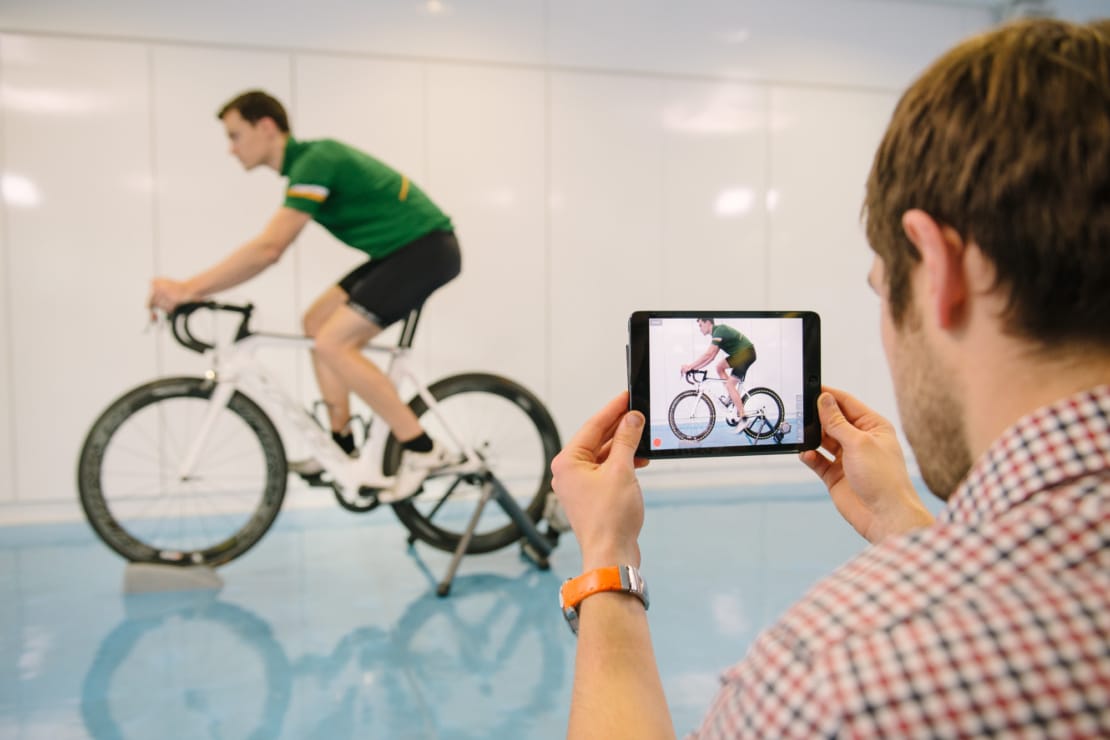
Get in touch below or keep scrolling to read more.
Make a booking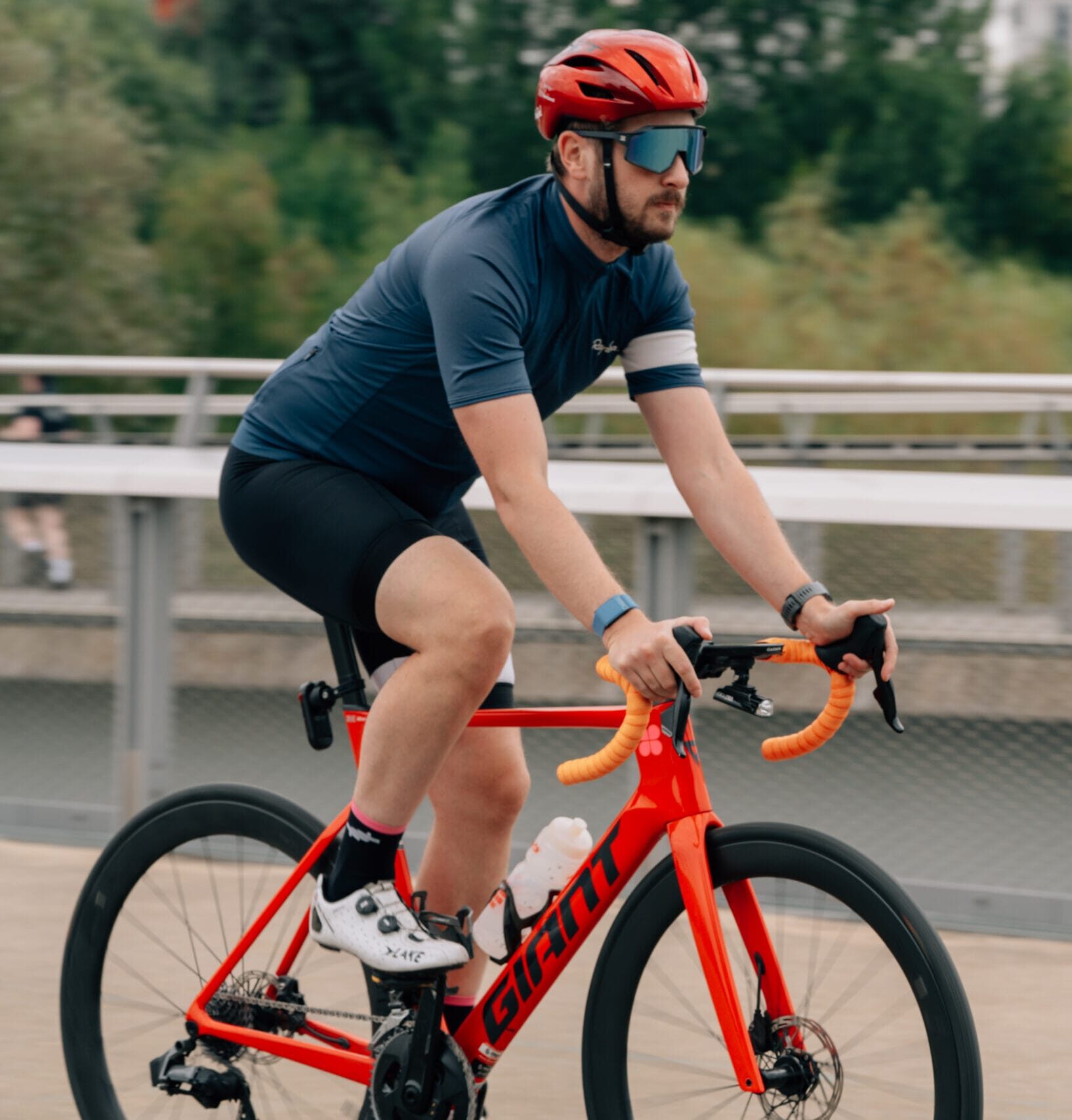
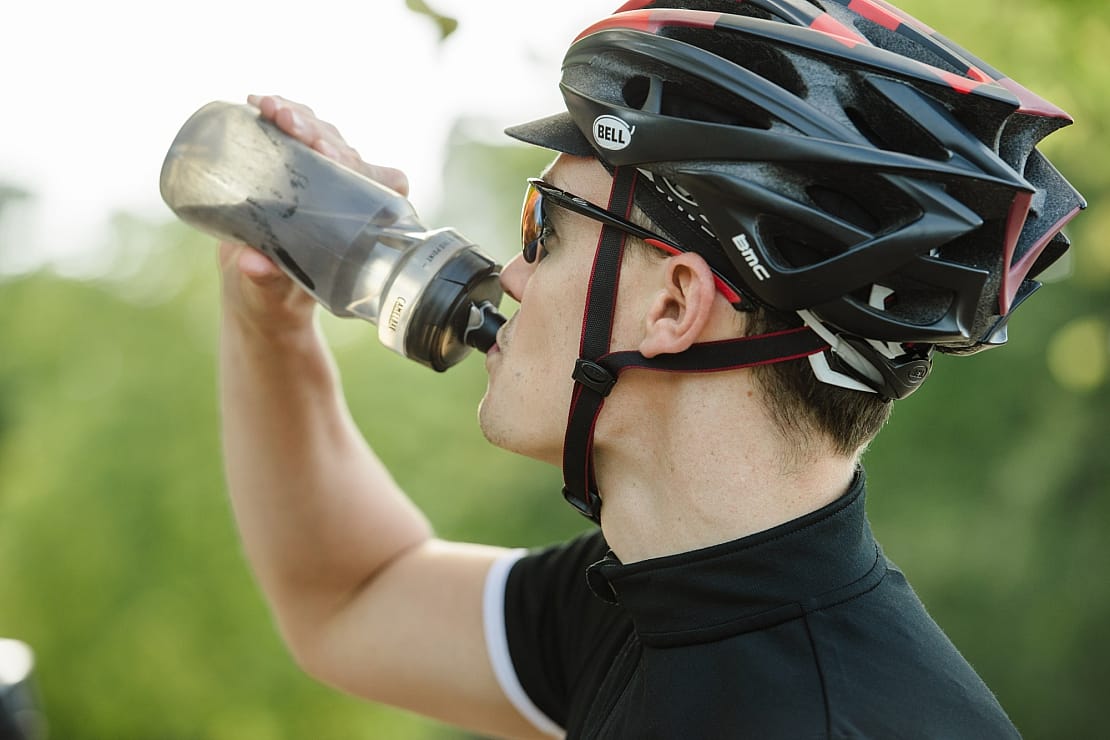

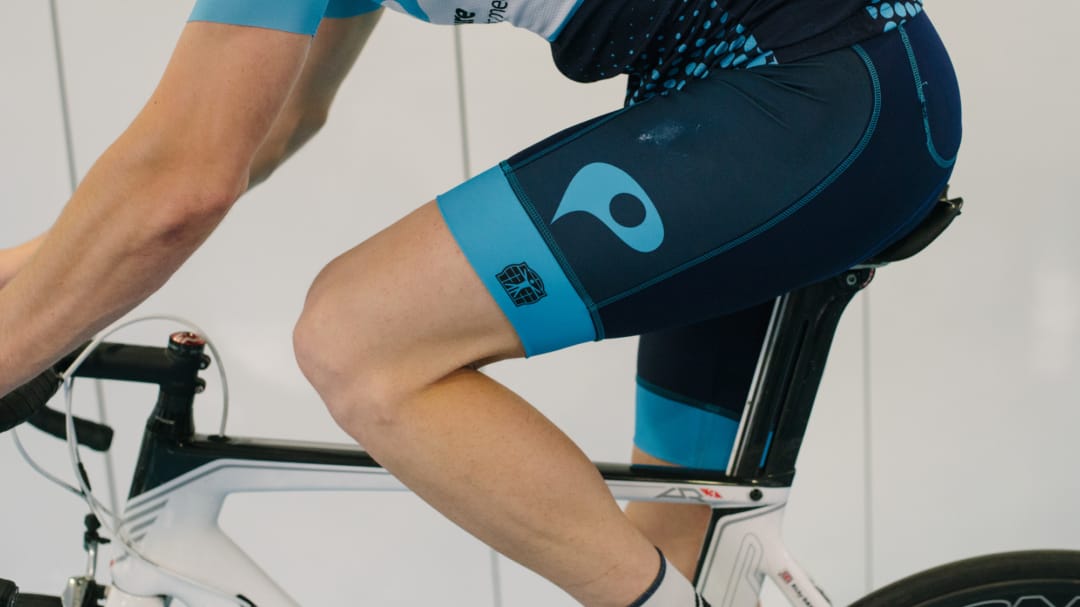

Knee pain is common in cyclists and is often the reason for missed training days if left untreated. Find out how the pros avoid these common injuries with tips from our experts, plus get advice on how to manage these types of injuries when they crop up!
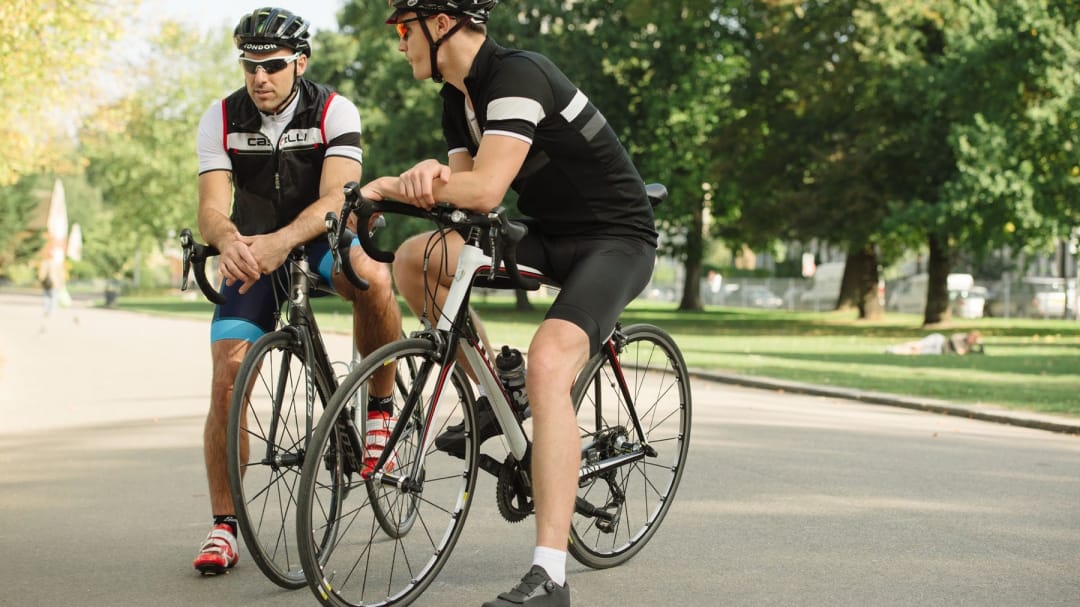

Prolonged periods of sitting have been linked with musculoskeletal dysfunction, especially low back pain. Both sitting and cycling demand this position, so what can be done to prevent it?
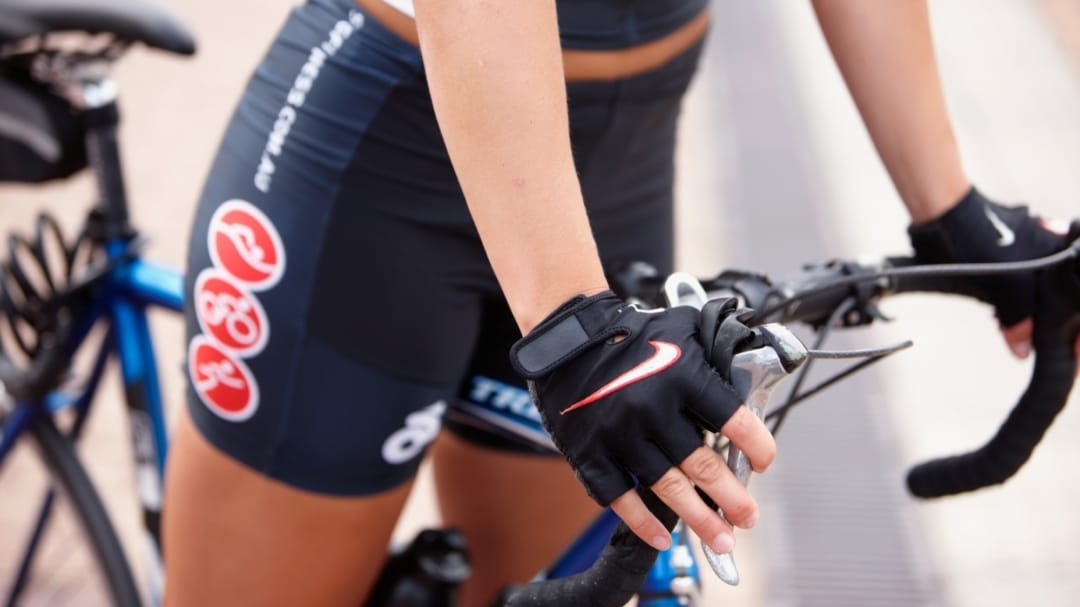

In this blog we highlight the usual suspects of neck, shoulder, elbow and wrist pain in cyclists. Discover the common signs to look for and expert-recommended changes you can make to resolve them.
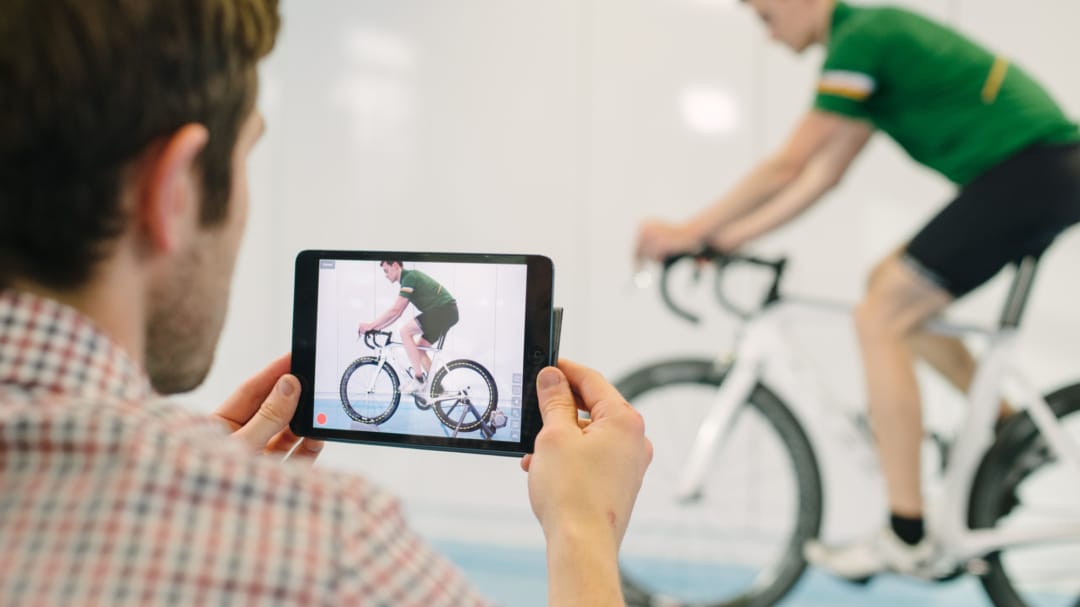

The common question on all cyclists’ lips. A bike fit, or Clinical Cycling Analysis, could take your love of cycling from a 5 to a 10. Your set up should be as individual as you are if you want to get the most of out cycling and avoid picking up any injuries along the way.
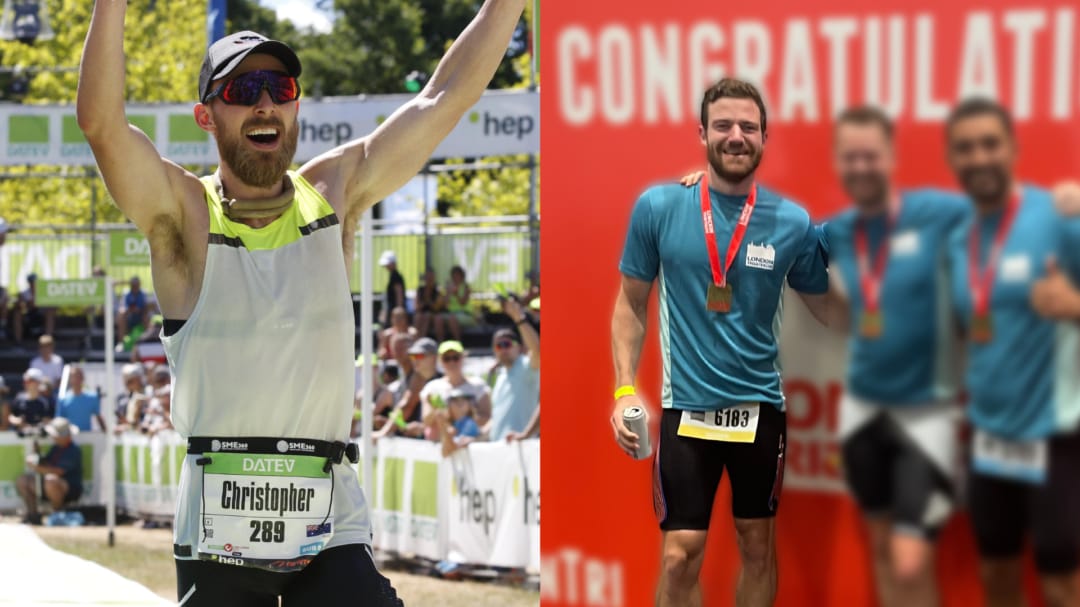

Physiotherapist, Chris Beckmans, and Strength & Conditioning Coach, Andy Page, can’t get enough of Triathlons and Ironman challenges. Find our why they love this sport, what they’ve learned from their experiences and what they’re aiming for next.


Podiatrist, Alex Townsend, was taught five key lessons when taking on his first Ironman, and here he shares his insight to help you get a headstart should you be doing the same.
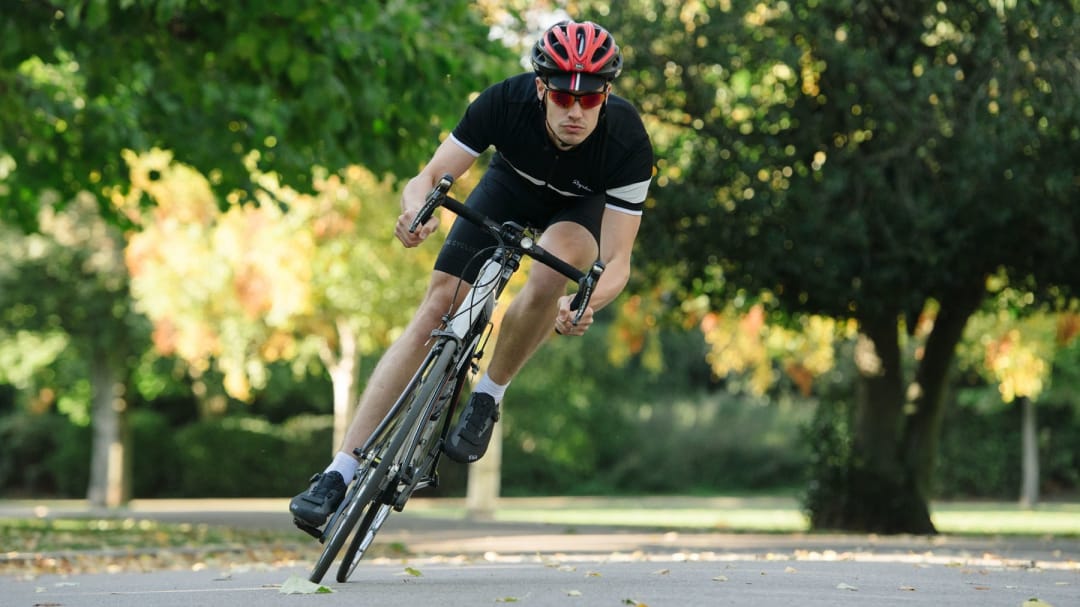

Just because you’re not a professional cyclist doesn’t mean you can’t train like one. In this blog our experts discuss typical injuries suffered by cyclists and the top three things you can do to prevent them.
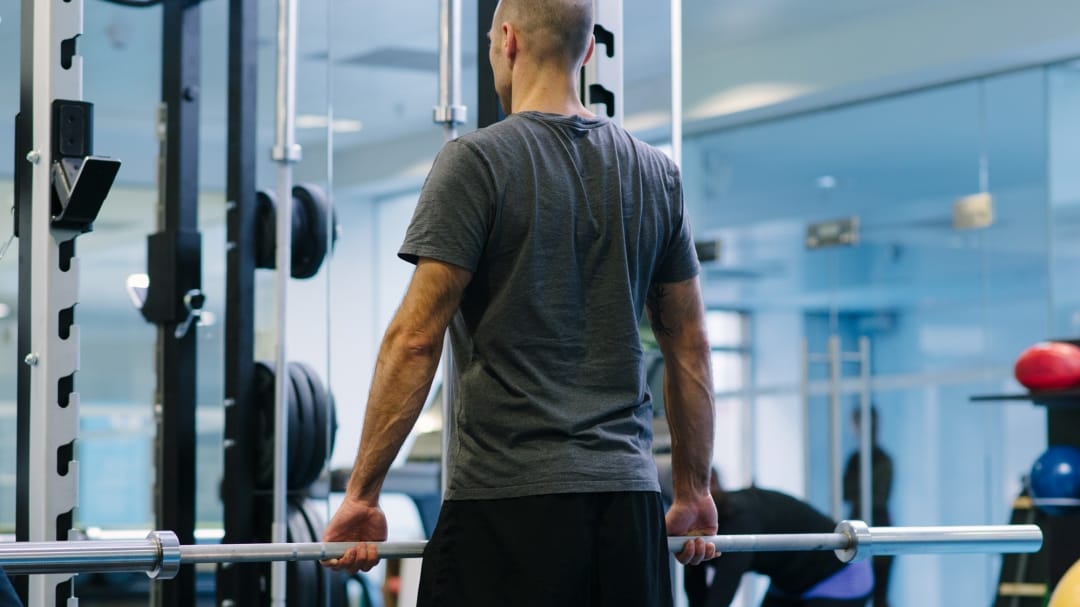

Thinking of signing up for an Ironman, Half Ironman, or Triathlon? Strength and Conditioning Coach, Andy Page, answers your FAQs.
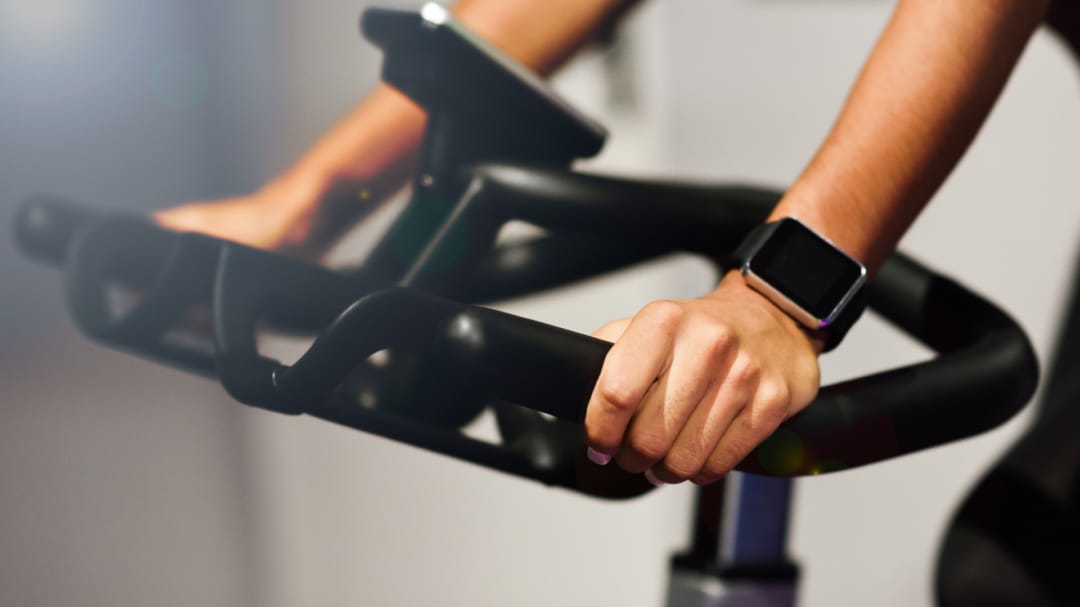

Physiotherapist, Clinical Bike Fitter and cycling enthusiast, Harriet Kefford, takes a break from her road bike to discuss indoor cycling as more and more people are seemingly catching the bug for this adrenaline pumping, social sport.
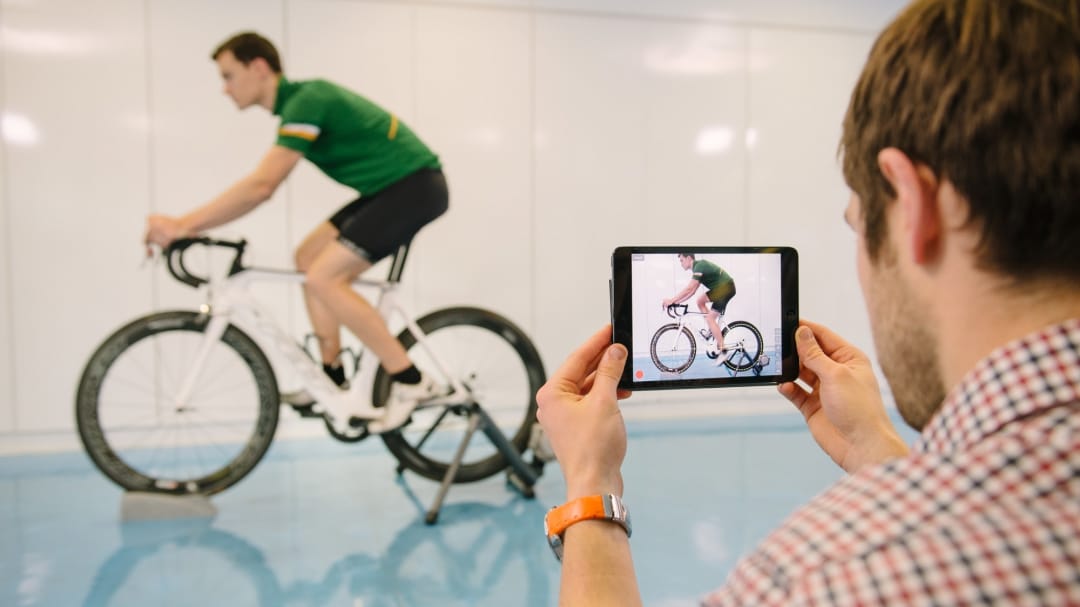

With darker mornings and rainy days it can be hard to stay motivated when it comes to cycling. Read this blog for winter bike tips indoors and outdoors.
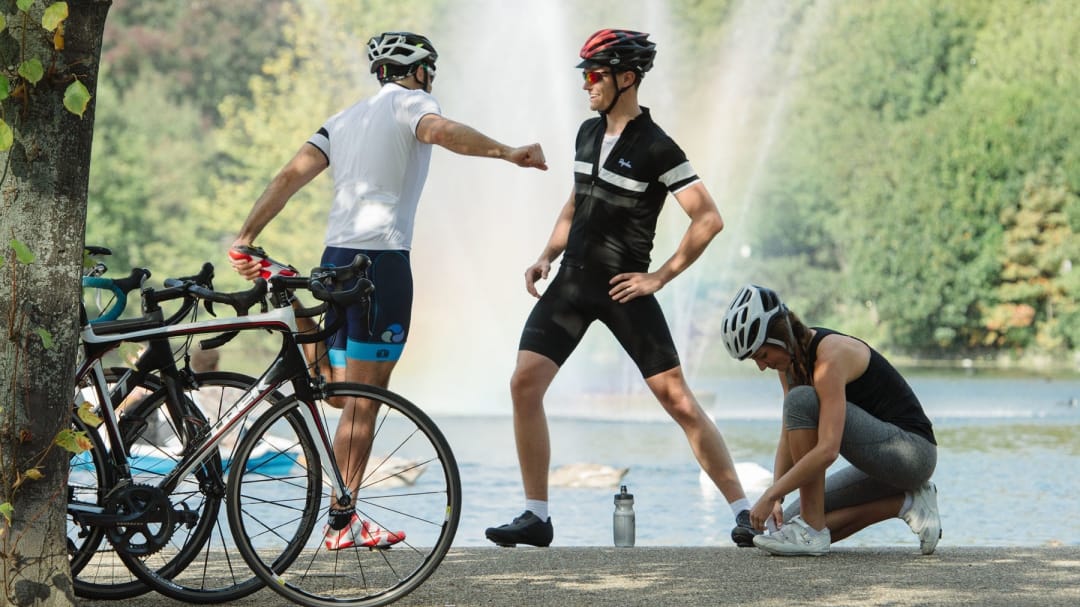

We share our top 5 stretching exercises to help cyclists increase flexibility and reduce your risk of injury.
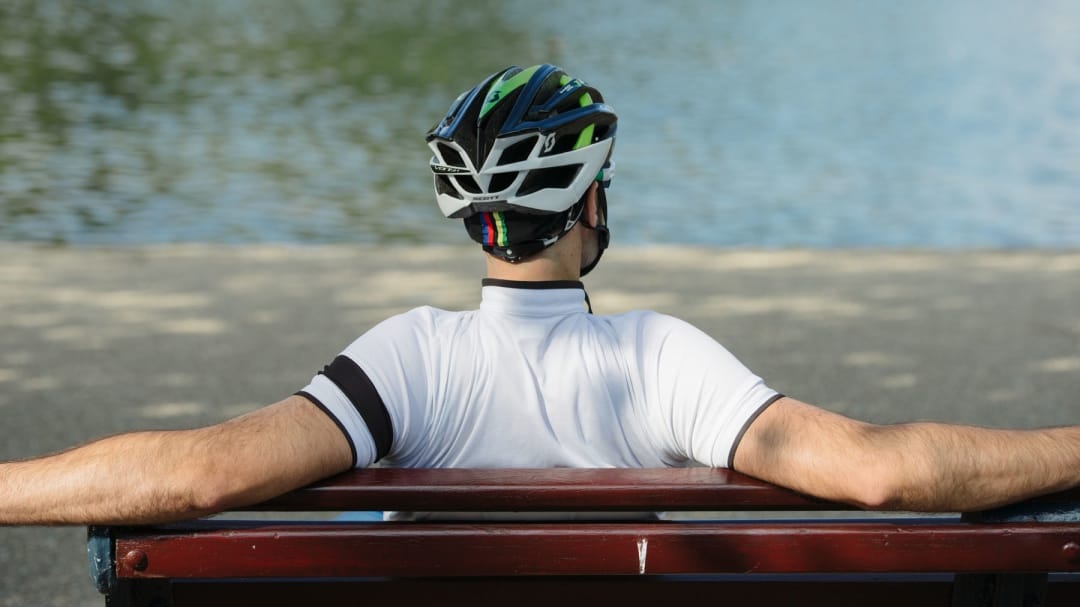

You’re almost ready for the upcoming race and raring to go. But is it a good idea to keep pushing yourself in the lead-up, only to find yourself unwell or injured at the start line? We offer some guidance around when it’s best to take a rest from training.
Clinical Manager and Strength & Conditioning Coach, answers some of the most commonly asked, Ironman-related, questions we get asked in clinic
Read moreFind out more about your own body. Preparing for an event like this could take 6 months or more of training, the last thing you want to do is be 1 month until race day and have your training grind to halt due to an injury or illness. Speak to a physiotherapist or strength & conditioning coach to assess you injury history and current physical state. This should be your first consideration. Even if you’ve run or swam for years, these events will test your whole body so being proactive to avoid injury is essential.
Not all events are created equal! Research your event carefully and check the distances match what you can do. Some triathlons are essentially half-ironman events, but not named as such, so always check. Going somewhere sunny may sound attractive – but spending the whole day above 30 degrees when you’ve only trained in the UK (in significantly cooler conditions) could seriously affect your ability for perform. A shorter, ‘sprint’ triathlon, based in a location you are comfortable and more familiar with is best to start with if you’ve never competed before.
I always look at these events in terms of efficiency, just doing more is rarely a great way to train. Maximize your training by structuring your week around your work and life commitments rather than trying to fit in more training than you can handle. In the beginning, you should be looking at two runs per week, two cycles per week and two swims per week. Split these into a longer session — possibly on the weekend if your schedule allows it — and a shorter, more intense session. Adding extra training sessions that aren’t hard enough to tire you out in an hour, are considerably slower than your race pace, or don’t work on a specific technique, like the transition for example, won’t make you any fitter and will unfortunately increase your risk of injury.
When you start training you should be attempting to have as much quality protein and carbohydrates as possible. When you increase the demands on your body, you are at most risk of illness or injury, and without adequate carbohydrates, for energy or protein to regenerate muscle damage, you put yourself at far greater risk. Psychologically, restricting calories at this point can have a large impact on your mood and motivation so unless you are practised in training hard on a lean diet, it’s best avoided in the beginning. Day-to-day I would front-load my meals on light training days – eating a large energy fuelled breakfast and always thinking one day ahead of a big training day, so ensuring I am hydrated and eat a high carb meal the night before. For specific guidance, I recommend employing the help of a Nutritionist.
This is definitely where you want to be doing specific movements and conditioning your body to be able to perform these three disciplines well. So a random or unstructured plan simply won’t cut it for Triathlon training. Movement efficiency and strength in the right areas will allow you to use less energy to do the same movements, and keeping you running, swimming and cycling for longer. This is where you want to see a physiotherapist or, more specifically, a strength and conditioning coach who can create a sport-specific, individualised training plan that will include simple but effective exercises to boost your performance considerably. They can also then tweak and change your plan as you build strength, resilience and increase your physical ability so you’re always getting the most out of your workouts. In terms of time efficiency, one or two gym sessions per week, even at home exercises, can have the greatest impact on your times and risk of injury of any intervention. It is also worth adding soft tissue therapy to your training to avoid injury and aid recovery. Read more about the benefits of soft tissue therapy for Ironman training here.
Of course, but just the same as the running and cycling, you need to prepare. Work on your ability with swimming practice, and build strength through your gym and work out plan. Many of us learned to swim at a young age, but have let our technique rust over the years, and the thought of swimming in open water is daunting. Simple technique lessons can iron out flaws in your stroke and make the swim section a far easier challenge. Given that it is so technique driven, improving your stroke can dramatically affect your energy levels getting out of the water. Also, if your event is in open water, such as a lake or the sea, make sure you prepare accordingly, as it not being able to see in the water and having waves is very different from swimming in a pool! For more information on swimming, read our blog Medical and Injury Considerations for Swimming.